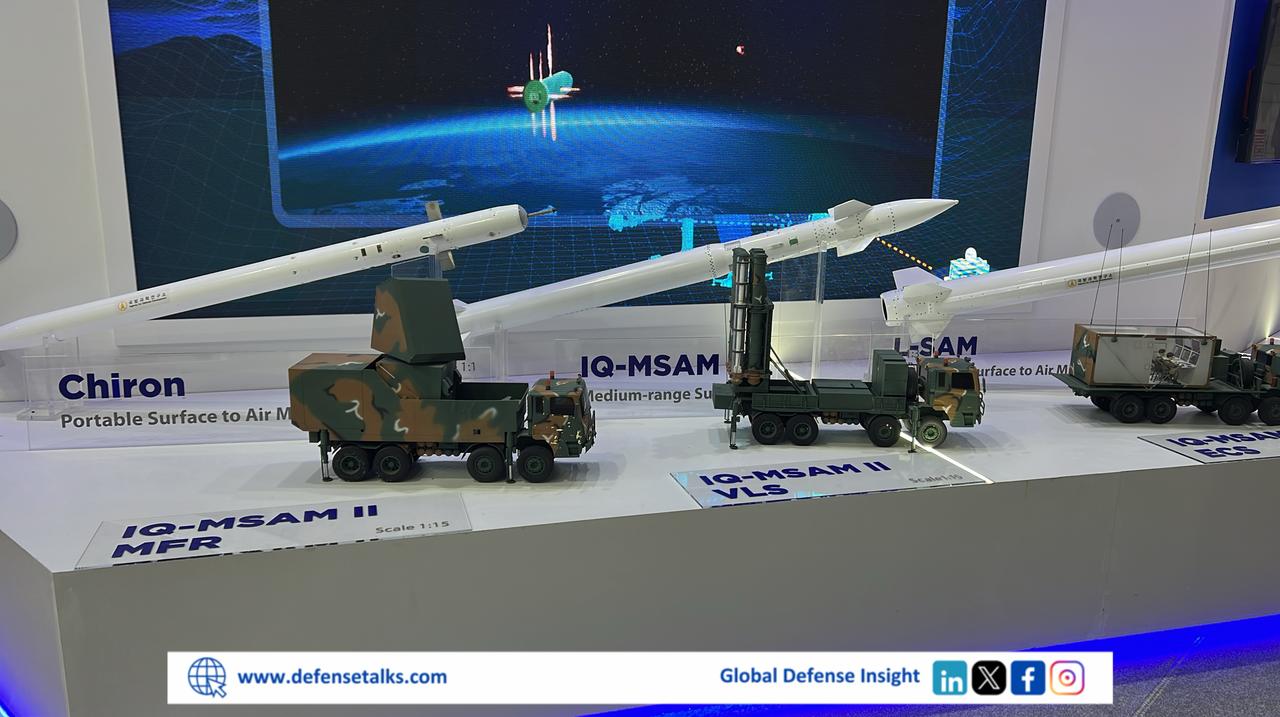When the world was busy with the Russian-Ukraine war a massive cyber-attack was carried out against Israel. According to Eraz Tidhar head of the cyber authority CENRT (Computer emergency response team), it was one of the biggest as the maximum number of institutions were under attack including the official websites of the ministry of health. The nature of the attack was neither sophisticated nor lethal. Iran and Israel were continuously engaged in cyber skirmishes. For the last two decades, the United States national security strategy focuses on Iran’s nuclear program, human rights, and women’s rights. The world was more immersed in Iran’s nuclear program while it developed other capabilities. Iran’s cyber power is regarded as a “Tier 3” level, which means that it has the potential to lunch a cyber-attack, which can disrupt, dismantle the computer network and steal confidential information. The Stuxnet cyber-attack on Iran’s nuclear facility in Natanz was considered an eye-opening and major blow to Iranian cyber security. The human inclination for superiority turns the internet into an important tool for military purposes. However, the first-ever cyber-attack carried out by any state was in 1998 just after four years of internet commercialization.
Cyberspace starts becoming important for military purposes only a decade ago When the CIA execute a cyber attack on the trans-Siberian gas pipeline within the Soviet Union. While looking at the history of the internet and its importance in the military field make it essential for Iran as well. Historically Iranian regime uses cyberspace for the legitimization of its rule, control of domestic protests, and political upheavals. In early 2005, IRGC created a cyber-army, which mostly focuses on Iran’s internal threats. However, before Stuxnet cyber-attack Iran was only concentrating on a domestic issue. The Stuxnet attack was considered a watershed, which realizes Iran that its interests are under attack. Iran starts expanding its cyber capabilities with the creation of the Supreme cyberspace council, which included personnel from media, intelligence, security, and other departments. The main objective of this council is to protect the regime’s computer network, filter the information, and attack the enemy system. Moreover, another department name “Bashir” in the Persian language, was created under IRGC command, which focuses on the external cyber threat to the regime. According to a report by a reporter without a border, Iran has built a cyber system like china’s great wall which 24/7 watches their citizen, and their activities, and had cyber police FETA that typically deals with virtual crime political, social, and economic. Iranian government allocated about $76 million for cyber force but after the Stuxnet, it increased about $1 billion latest technology, recruitment of experts (from 2018 to 2022 IRGC hired about 120,000 cyber experts), and infrastructure. In 2013 IRGC openly claim that Iran has the fourth largest cyber force. IRGC is a state within a state that has its cyber force, command, and control, which recruit, train, spy, and spread fake news and propaganda. Moreover, IRGC also develops different cyber defense product which according to them are secure from any cyber-attack these product includes, cell phones; operating system; navigation system; telecommunications optical transmission system; anti-malware; cyber threats recognition and identification system; security operations center; a high-speed and high-capacity firewall and a software firewall.
Moreover, over the period of time, Iran has developed quite remarkable cyber capabilities which not only secure their cyberspace but also deter Israel and US. According to a report by Symantec Iran has been involved in cyber-attack, and cyber espionage on business, the telecom sector, and the IT industry in a number of countries including Pakistan, UAE, and the Kingdom of Saudi Arabia. The malware used by them is “Seedworm”, “MuddyWater” and “TEMP.Zagros” they steal confidential information and disrupt the working. According to the report by Symantec (a cyber-security firm), the IP address of the attacker was not traced but the methods and techniques were used by them are same that were used by Iranian state sponsor hacker against US financial institute and US navy system. Moreover, Iran is also involved in propaganda and fake news in Pakistan to mold the discourse in its favor. Iran over a period continuously improved its cyber capabilities and invested in infrastructure, modern technologies, and new methods to secure its cyberspace and attack its opponent. Iran’s cyber espionage activities, especially against US and Israel, are improving quite a lot for example Iran’s cyber intelligence hacked into the Israeli defense system, steal and leak confidential information about its military chief, and hacked into the Benny Gantz (Israeli politician) cell phone. This shows that Iran a rising and resilient cyber power. Pakistan and Iran should cooperate in the cyber dimension to address common interests like cyber radicalization, cyber terrorism, and religious extremists.
About Author
Muhammad Shahzad Akram is a Research Officer at the Center for International Strategic Studies (CISS) AJK. He holds an MPhil degree in International Relations from Quaid I Azam University, Islamabad.














